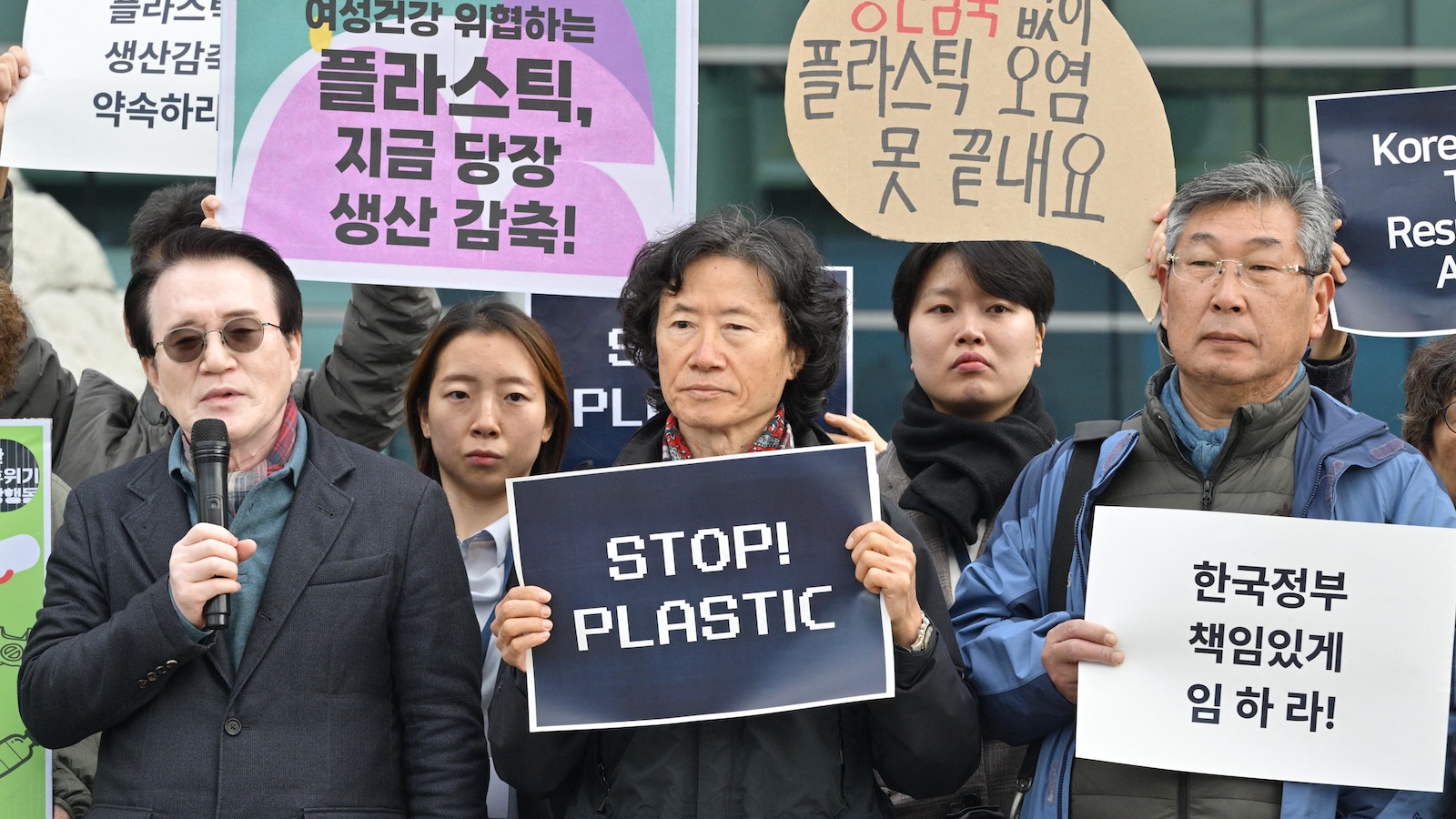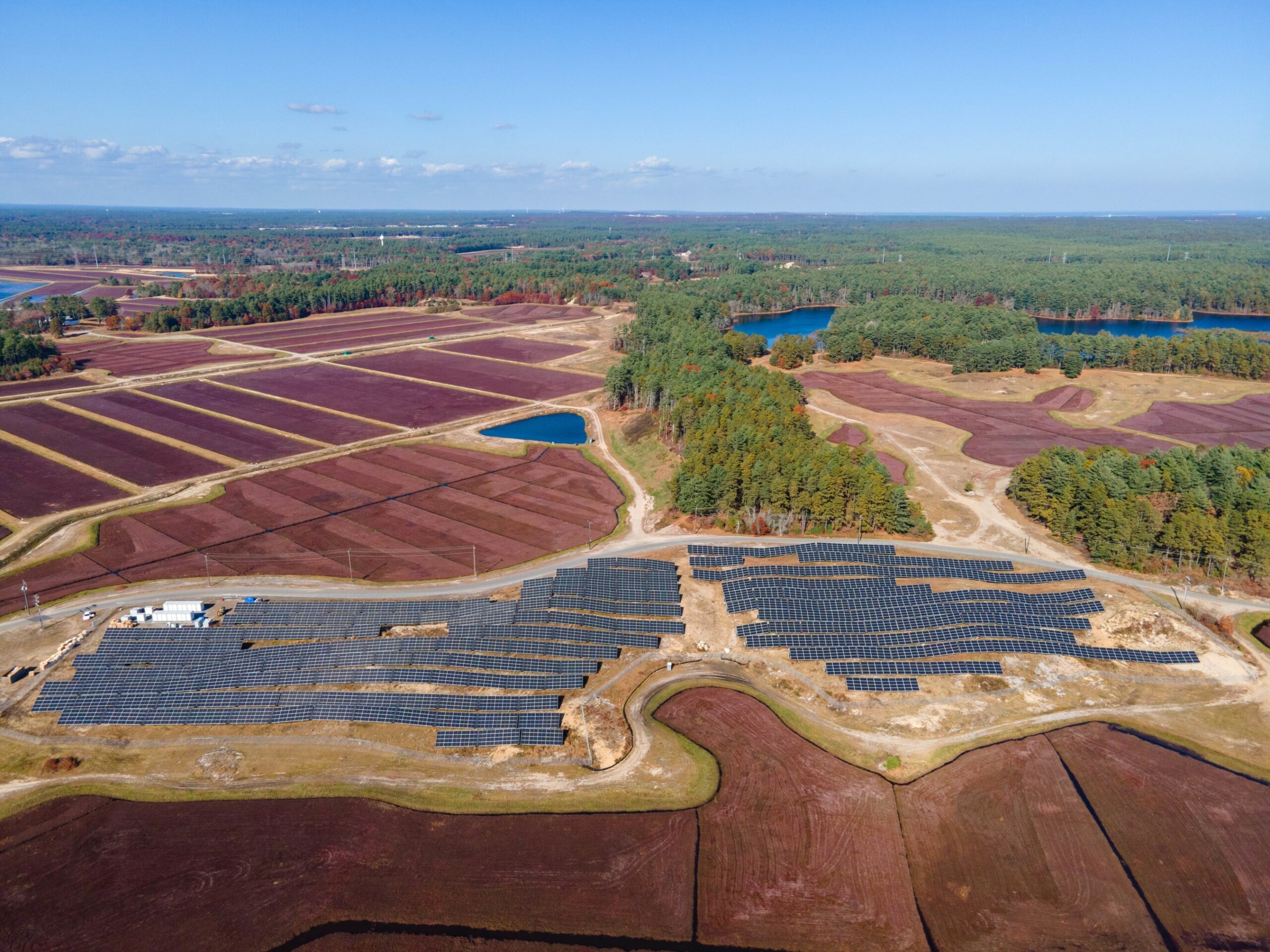
Extreme heat can be deceptively dangerous, even in places accustomed to extreme heat. India learned that lesson in a deadly episode over the weekend.
On Sunday afternoon, at a government event on the outskirts of Mumbai, hundreds of thousands of people sat on a bare field, under a scorching mid-April sun, listening to a parade of politicians who appeared on a stage shaded by a roof, according to video from local television news.
The maximum temperature recorded at the nearest weather station was just above 35 degrees Celsius, or 95 Fahrenheit.
By the end of the day, at least 11 people had died of heat stroke. Some 50 were hospitalized. (Death toll estimates varied, with some news outlets reporting up to 13 deaths.)
Rarely in recent years have so many people died of heat at a single event. In general, heat related deaths are notoriously hard to quantify.
It was a grave warning to a nation exceedingly vulnerable to the hazards of global warming. A long and punishing heat wave walloped India last year, and, this year, the hot season began abnormally early. India recorded its hottest February in history.
How did this happen?
There was no heat warning for the area before the event, because there wasn’t, strictly speaking, a heat wave. That designation is triggered by the Indian Meteorological Department when temperatures are more than 4.5 degrees Celsius above normal.
But it was hot enough to be debilitating when sitting under the sun for hours. High levels of humidity, ranging from 60 to 70 percent at midday, according to local weather reports, added to the risk.
That’s one of the challenges. In some coastal areas, humidity figures into heat alerts. But it’s not uniformly worked into heat alerts for all areas.
By midafternoon, the Meteorological Department had issued a news release warning of a rise in maximum temperatures, but it focused on the 5 days ahead, over the entire state of Maharashtra.
By then, the outdoor event, an awards ceremony on the edge of Mumbai, was in full swing. Many of the state’s top politicians were in attendance, as was India’s powerful minister of home affairs, Amit Shah.
The heat deaths immediately led to political finger-pointing. The Maharashtra chief minister, Eknath Shinde, called them “unfortunate” and promised compensation of 500,000 rupees, or around $6,100, to the families of the dead. Opposition politicians called for an inquiry.
What are the lessons?
This all highlights how ill-prepared many local and state governments are in dealing with the dangers of extreme heat.
A report from an independent Indian think tank called the Centre for Policy Research telegraphed those risks just a few weeks ago. It credited government agencies for creating a heat wave early warning system and for working in creative ways to get messages out, including radio jingles, billboards, WhatsApp messages and YouTube shorts.
But the report found that only a handful of Indian cities and states have heat action plans in place, designed to protect lives and livelihoods. Many of them had ambitious targets, like setting up cooling centers and improving access to water. But most lacked funding. Nor did many have ways to identify the most vulnerable citizens. Most “have an oversimplified view of the hazard,” it went on.
Perhaps most worrying, state and local heat action plans aren’t always publicly available.
Aditya Valiathan Pillai, an author of the study, said Maharashtra State did not have a plan in place in February, when he was putting together the report. It issued a plan in late March, but whether it had been in force by the time of Sunday’s disaster remained unclear.
“Without access to the plan, it is unclear whether it would’ve prevented deaths and hospitalizations,” he said by email this morning.
That would depend on what temperature and humidity threshold would trigger a heat alert under the plan, and whether humidity levels would figure into the calculation. Usually, a red alert, the most severe, is triggered when temperatures are much higher than they were on Sunday.
“The confusion around the existence of a plan and what it contains underscores one of the main recommendations of our study — make all heat action plans publicly available to create some degree of accountability,” Mr. Pillai wrote.
What does the future hold?
More extreme heat.
India is among the most vulnerable countries to human-caused climate change. And its poorest people are at the greatest risk.
In 2022, India recorded its hottest March since record-keeping began 120 years ago. Temperatures were abnormally high in April and May, too. Climate change increased the likelihood of such a freakish summer “by a factor of about 30,” scientists concluded.
This week, many parts of India were under heat wave alerts. Schools and colleges were closed in most parts of West Bengal state. Delhi sweltered above 40 degrees Celsius, or 104 degrees Fahrenheit, for the second day in a row.
India isn’t alone in facing heat hazards. Thailand set an ominous national record when temperatures peaked past 45 degrees Celsius, or 114 degrees Fahrenheit, this week. Several weather stations in China broke temperature records this month.
Essential news from The Times
Before you go: Torrential showers bring spring flowers
Downpours this winter sent California residents fleeing from floods and mudslides. Blizzards dumped snow in the mountains, trapping locals in their homes. Hulking trees crashed into homes and severed power lines. But the succession of atmospheric rivers also delivered relief from a prolonged drought, and now the state is awash in color.







